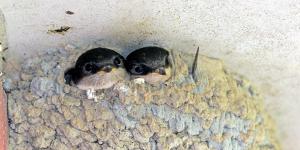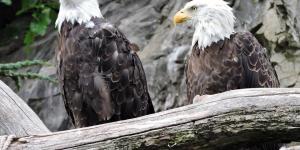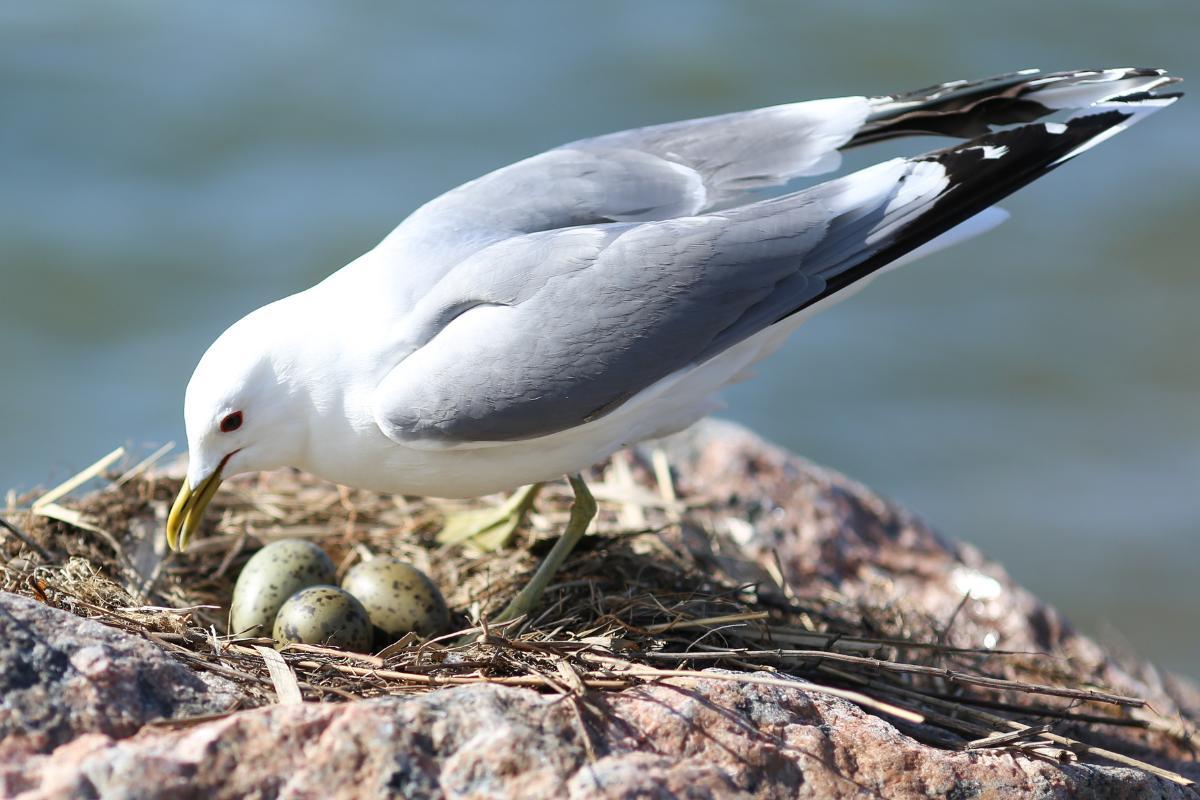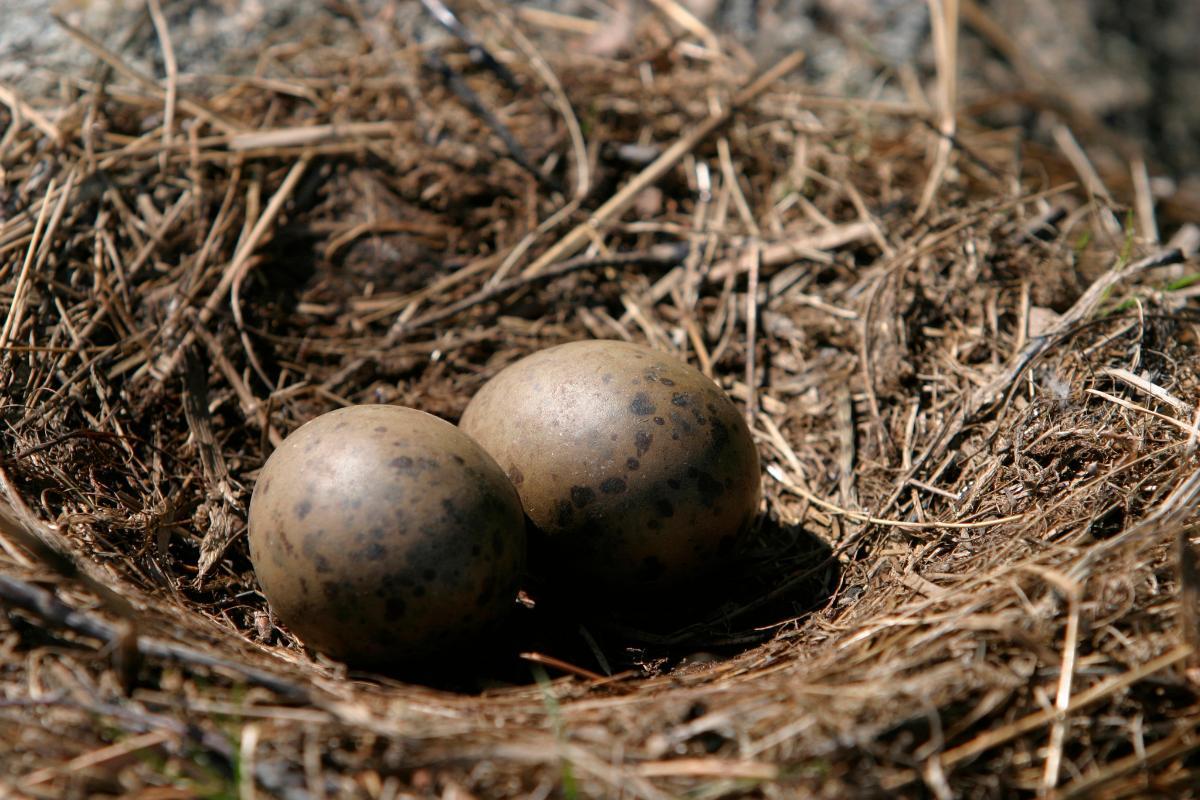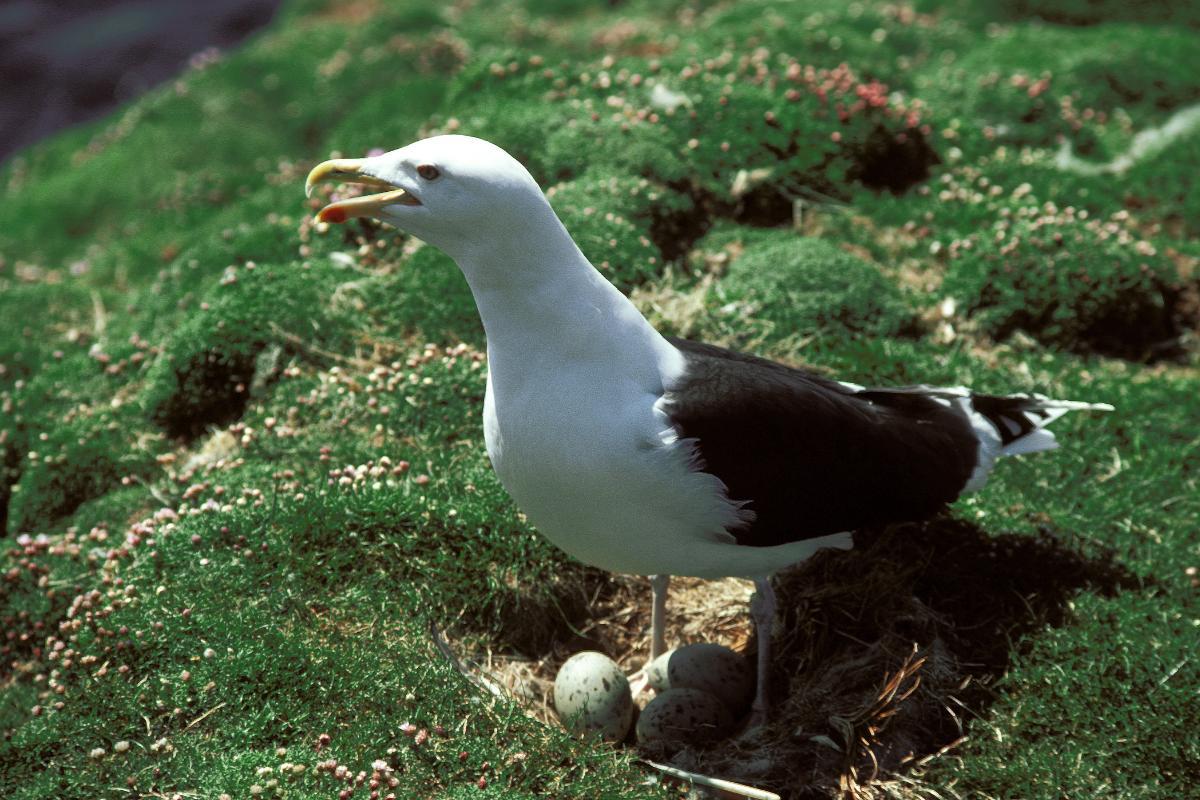Where Do Seagulls Nest?

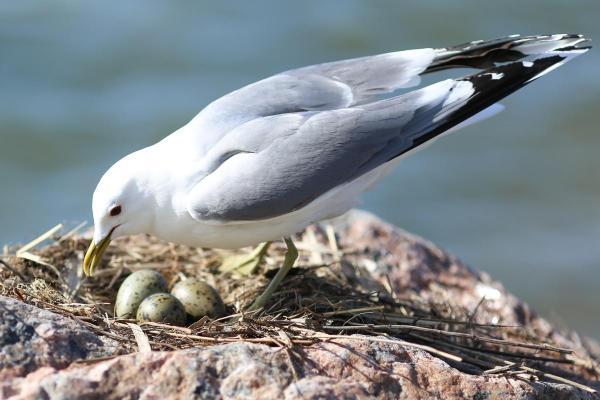
Known scientifically as gulls, we commonly call the members of the bird family Laridae Seagulls. This is because they inhabit a variety of coastal environments, although not exclusively. They can also live near freshwater bodies of water, as long as they have their necessary resources at hand. They use these resources to build their nests. In fact, they are excellent nest builders. A poorly designed nest can fall or disintegrate easily, leading to the death of their young. Not only do they need to be sturdy, but seagull nests need to be in the right location. AnimalWised discovers where this is by asking where do seagulls nest?
When do seagulls nest?
There are various types of seagull species within the family Laridae. They live in different habitats all over the world. Such diversity of habitat includes diverse types of climate, meaning not all seagulls will nest at the same time of year. Most commonly, they will nest in late spring or summer when resources are usually most abundant. This is the same for both coastal and continental habitats, but they can vary.
By reproducing and nesting at a time when resources are most abundant, they better ensure the safe development of their offspring. Catching food and bringing it back to the nest is essential for their chicks to grow. Other factors also influence the breeding season in seagulls such as climate and availability of nesting sites. These fundamental aspects can be variable, with the same seagull adapting their mating period accordingly.
In cold regions such as the Arctic, seagulls delay breeding due to extreme weather and wait for better conditions to arise. In tropical or temperate areas, they may breed earlier because more conducive weather conditions allow for it. Most seagull species breed only once a year and tend to maintain a constant rate of reproduction throughout their lives. Seagull mating partners tend to be monogamous.
Where do seagulls make their nests?
Although many species of gull tend to nest on the ground, some can also nest in higher spaces. They can adapt to different nesting sites which can offer certain benefits, especially in terms of protection from certain threats to their offspring. With this in mind, it is common to find seagulls nesting in the following sites:
- Coastal islands
- Rocky cliffs
- Marshes
- Urban structures
Resource availability, environmental conditions and the presence of predators all influence gull nesting sites. For example, cliffs are safer locations that provide protection from certain predators. In urban areas, rooftops may also be the best option for these birds. For species that nest in marshes, nest construction presents a challenge as they must create platforms with a design that prevents flooding.
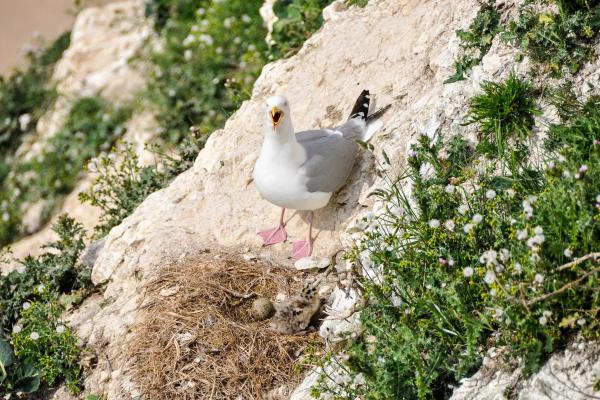
How do seagulls make their nests?
Although they are similarly laborious to construct, seagulls build relatively simple nests compared to most other bird species. For example, ground-nesting gulls do not need to secure their nests against falling from a height compared to those species which nest in high trees.
Seagulls will make use of whatever materials are in their environment to build their nests. Examples of such materials include:
- Herbs
- Algae
- Lichens
- Feathers
- Twigs and branches
Nest structure varies from species to species and depends on the materials available. In the case of species that inhabit urban areas, they may also use materials of human origin to build their nest. These may include fabric, paper and even plastic which they find in areas near landfills.
Both members of each mating pair usually collect the materials together, although the division of labor can vary. The nest has a sunken central depression where the eggs are laid, surrounded by the rest of the material. This ensures protection against environmental factors, such as humidity, wind and cold. It also helps camouflage the eggs from potential predators. Gulls are quite faithful to their nesting colonies each year. They usually nest in the same place in the colony. If the previous year's nest is still present, they reuse it.
Discover more about how seagulls protect themselves when vulnerable by reading our article which asks where do seagulls sleep?
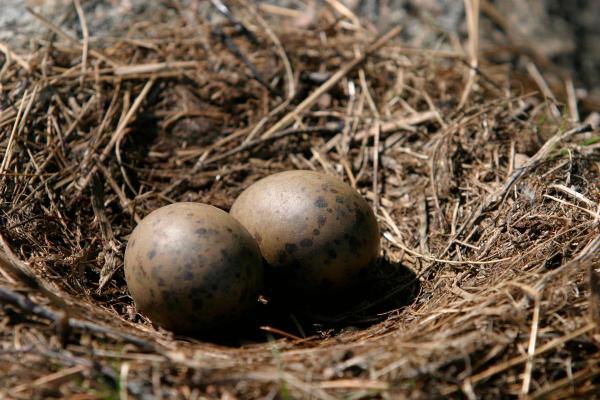
How big is a seagull nest?
The size of gull nests varies between species and may also depend on where they are built. The largest species, such as the great black-backed gull (Larus marinus), build the largest nests within the group. On average, gull nest sizes range from 12-20" (30-50 cm). The depth of each nest varies depending on the type of material used and the substrate on which they are built.
Seagulls adapt nest size according to the availability and type of resources. For example, natural materials may be more limited in urban environments. For this reason, urban seagull nests tend to be less robust than those built in natural areas. As we mentioned, in cities, gulls take advantage of artificial materials for construction. So this will not always be the case.
Discover what seagulls eat in our related guide.
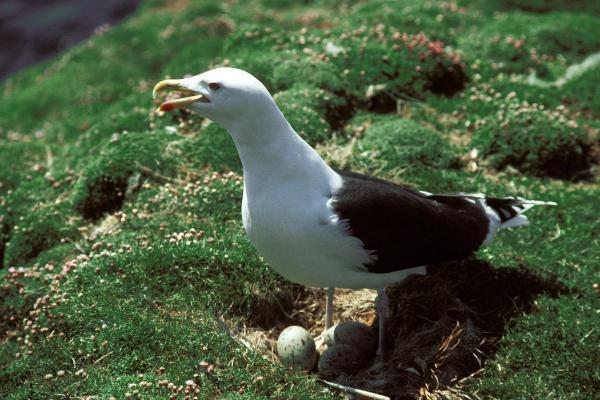
Is it illegal to remove a seagull's nest?
Removing a seagull's nest is regulated in some regions. Due to wildlife protection and conservation, doing so may be considered an illegal act. Removing seagull nests not only interferes with a mating pair's reproductive cycle, but also has complex ecological implications. For this reason, no unnecessary intervention should be made.
In the United States, it is generally illegal to remove seagull nests. This may only be restricted to breeding season, but regulations may differ according to state or regions. Seagulls have protection under the Migratory Bird Treaty Act (MBTA), but there are some exceptions which can be made.
In urban areas, nest building by seagulls can cause certain problems, depending on the location. In these cases, it is possible to request assistance from wildlife authorities to apply non-invasive or harmful techniques that discourage seagulls from nesting in these spaces. We always recommend opting for actions that guarantee animal welfare and using control methods that do not negatively impact seagulls.
Now you know about where seagulls nest, you may want to learn more about another coastal bird's nesting behaviors. To do so, take a look at our article on what is a stork nest called?
If you want to read similar articles to Where Do Seagulls Nest?, we recommend you visit our Facts about the animal kingdom category.
- Myers, P., R. Espinosa, C. S. Parr, T. Jones, G. S. Hammond, and T. A. Dewey. (2024). The Animal Diversity Web.
https://animaldiversity.org/search/?q=%09Laridae&feature=INFORMATION

